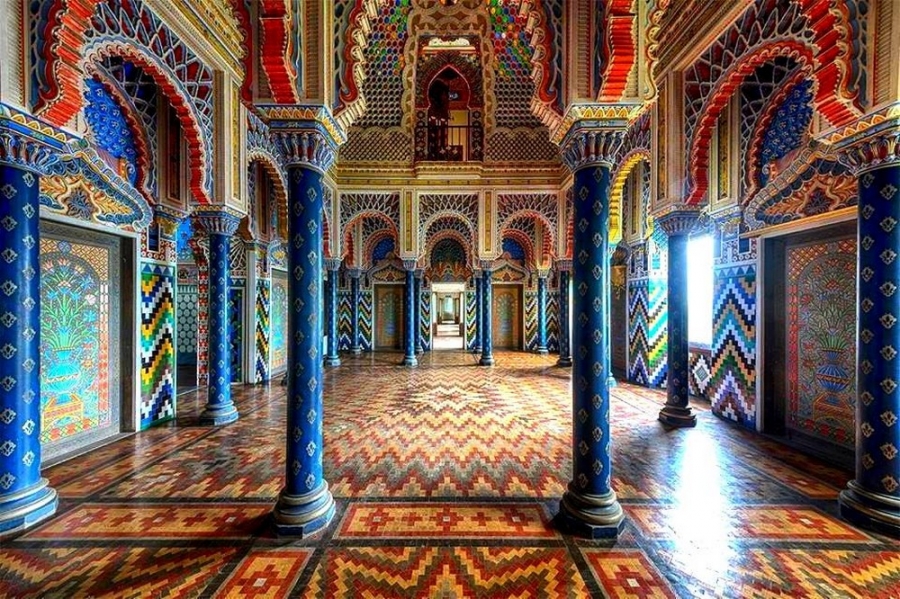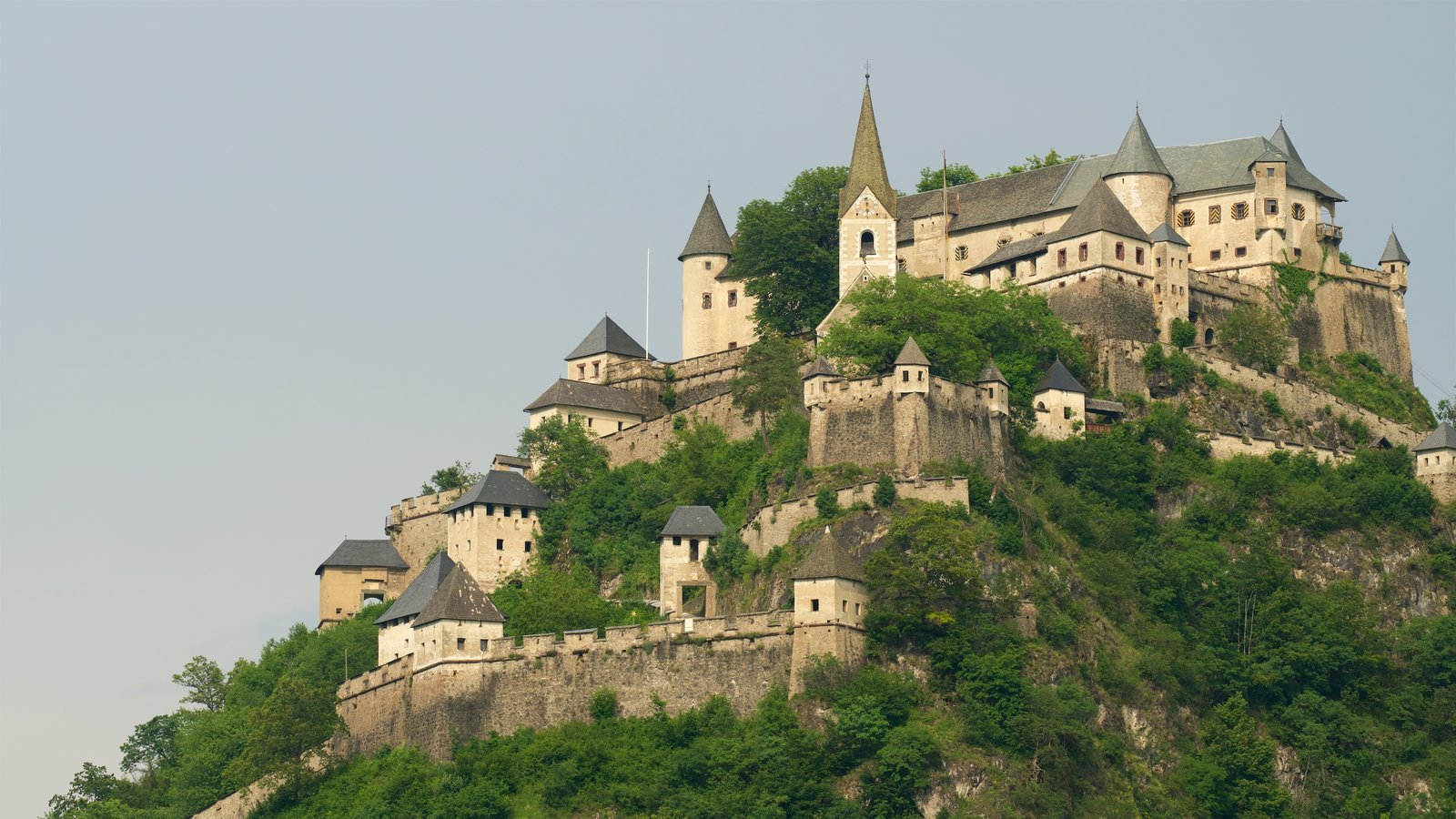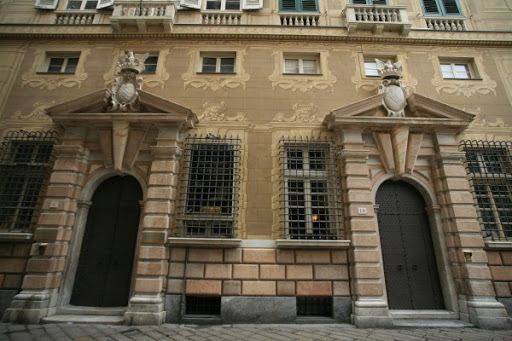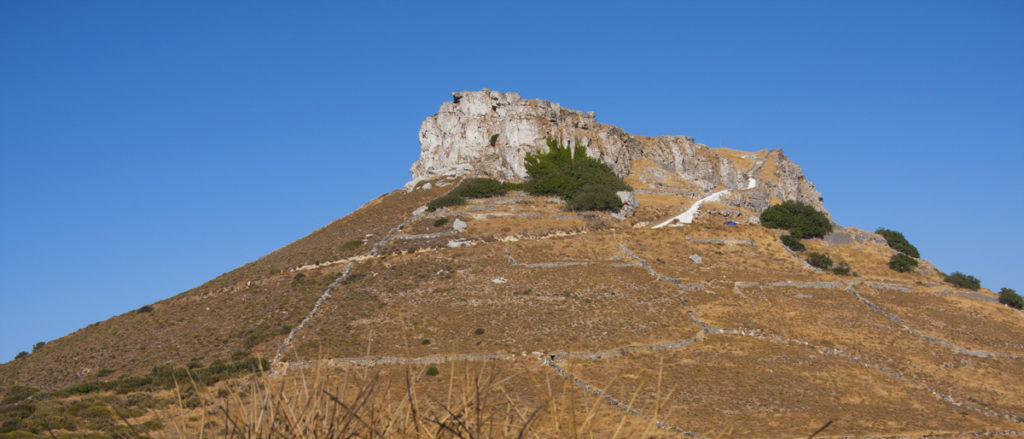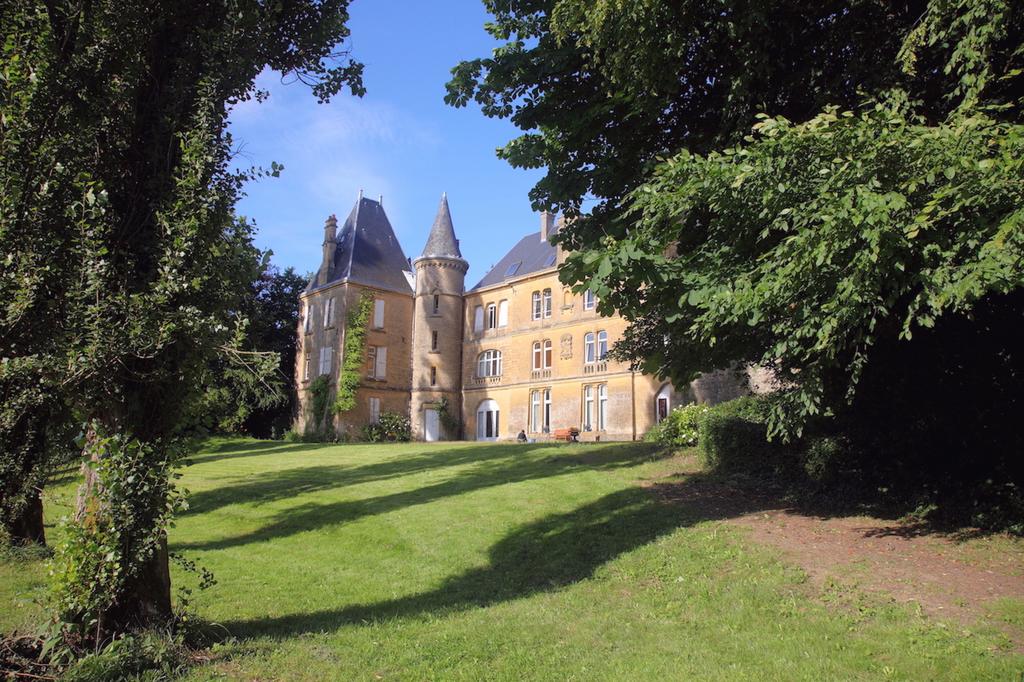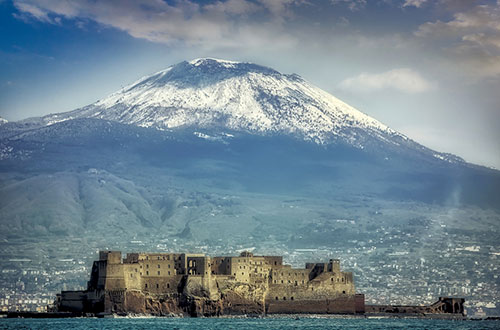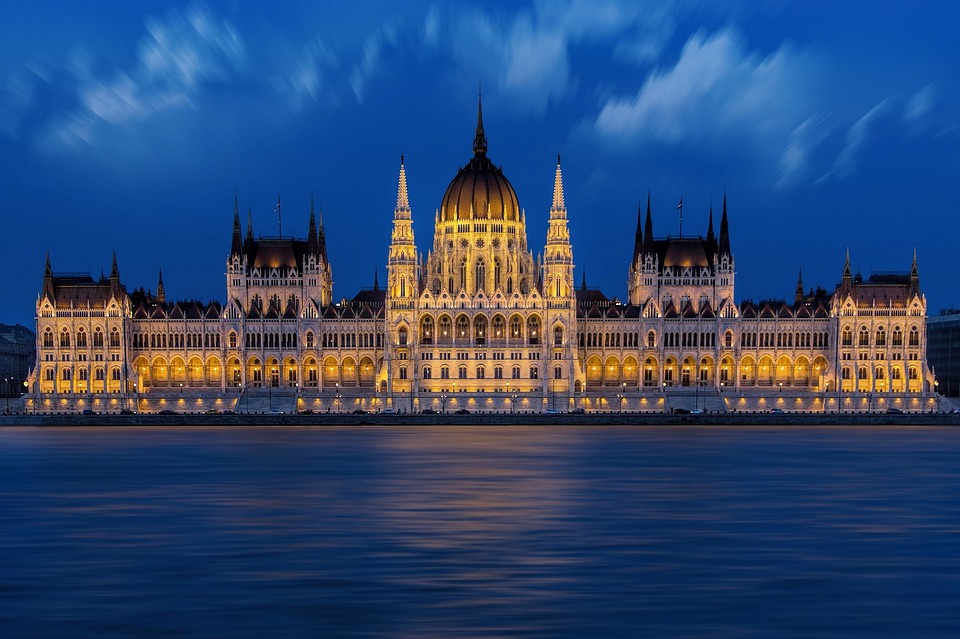In the vast park that surrounds it you will even find a 46-meter sequoia, the tallest tree in all of Tuscany and the 5th tallest in Italy. Because the incredible spectacle of Sammezzano, a small town in the municipality of Reggello, begins here. Surrounded by centuries-old trees is the famous Sammezzano Castle, a unique structure, a true hidden jewel of Tuscany.
Do not expect the usual medieval fortress, because in this ancient manor beats a heart turned to the East. It is said that even Charlemagne stayed in its stalls, while a visit by King Umberto I is documented in 1878. Belonging to the Florentine Gualtierotti family until 1488, the castle later became the property of Bindo Altoviti and Giovanni de’ Medici. In 1564 Grand Duke Cosimo I established the bandita di Sammezzano, a large territory where fishing or hunting was prohibited without permits, and then gave the estate to his son Ferdinando, future Grand Duke of Tuscany.
During the 1600s the castle was purchased by the Ximenes d’Aaragona, and then passed as an inheritance to the Panciatichi family in 1816. It was Marquis Ferdinando Panciatichi Ximenes d’Aragona who designed its current appearance, creating between 1853 and 1889 an unusual and splendid structure in the Moorish style, the Islamic art that spread in the Western Mediterranean between the late 11th century and the late 15th. The result was a castle with visionary architecture, embellished with phantasmagorical and colorful forms that catapult the viewer into a Thousand and One Nights setting.
If the facade is reminiscent of India’s Taj Mahal mausoleum, the interior is inspired in its decorations by the Alhambra in Granada. Numerous and all different are the rooms it encloses within: among them are the Hall of Peacocks, the gallery between the Hall of Mirrors and the octagon of the Fumoir, the White Hall, and even a small chapel, going on to create an incredible labyrinth of colors.
The Marquis Panciatichi, born in the Tuscan capital in 1813, was among the undisputed protagonists of the social and political life of Florence Capital: a man of culture, fine collector and passionate botanist, Ferdinando performed a work of important patronage for the city. Not only through generous donations, but also by collaborating with Florentine cultural institutions, from the Accademia to the Uffizi, passing through the Bargello, the Georgofili and the Tuscan Horticultural Society, while actively participating in the city’s political life.
Of his visionary genius remains today the Castle of Sammezzano, to which he dedicated much of his existence, eventually passing away in its rooms on October 18, 1897. After years of abandonment and gradual decay, the manor is being restored
(FlorenceToday)
